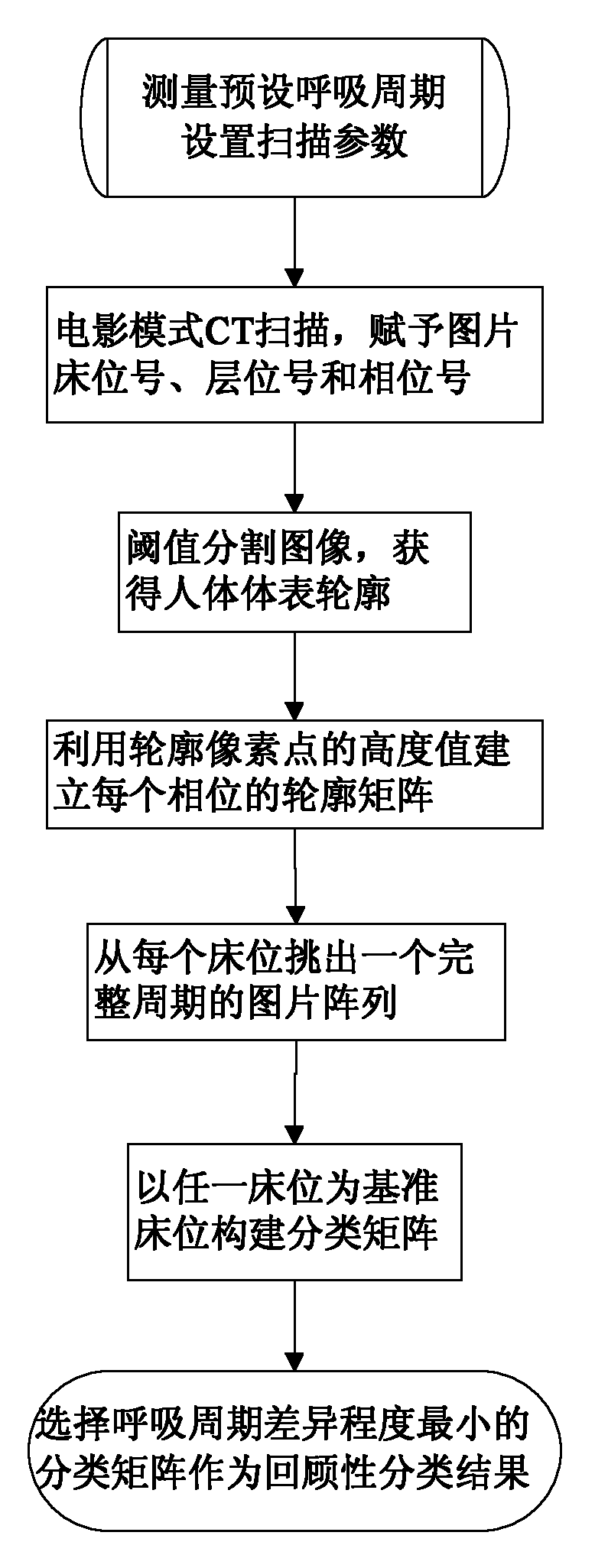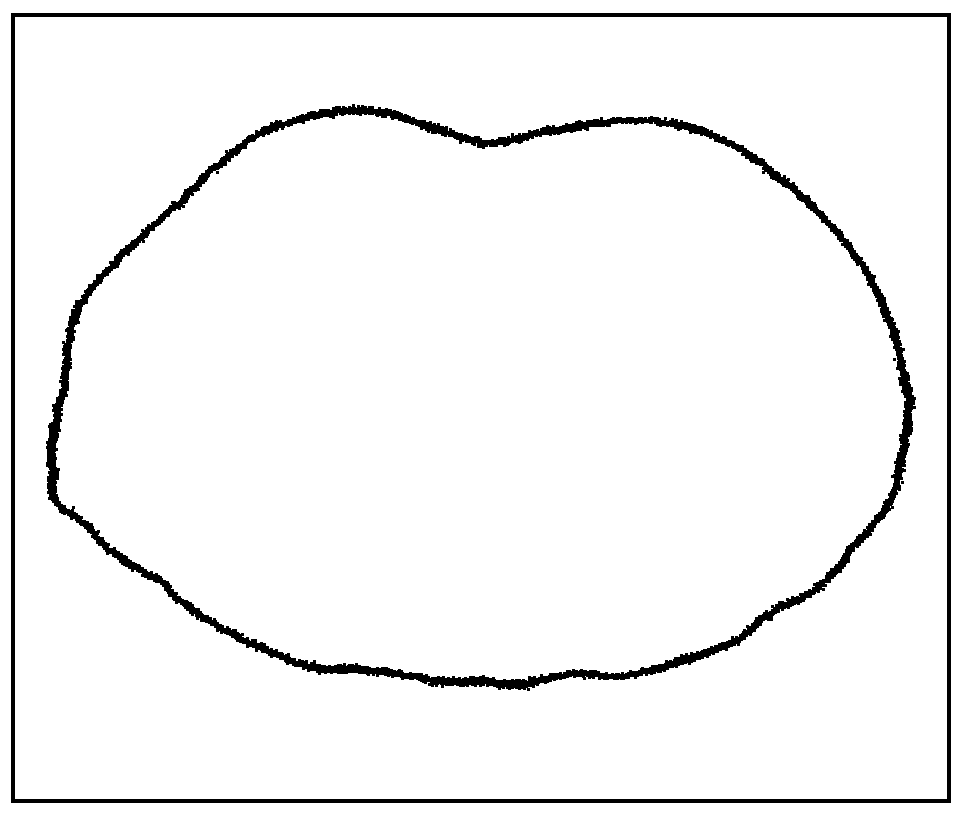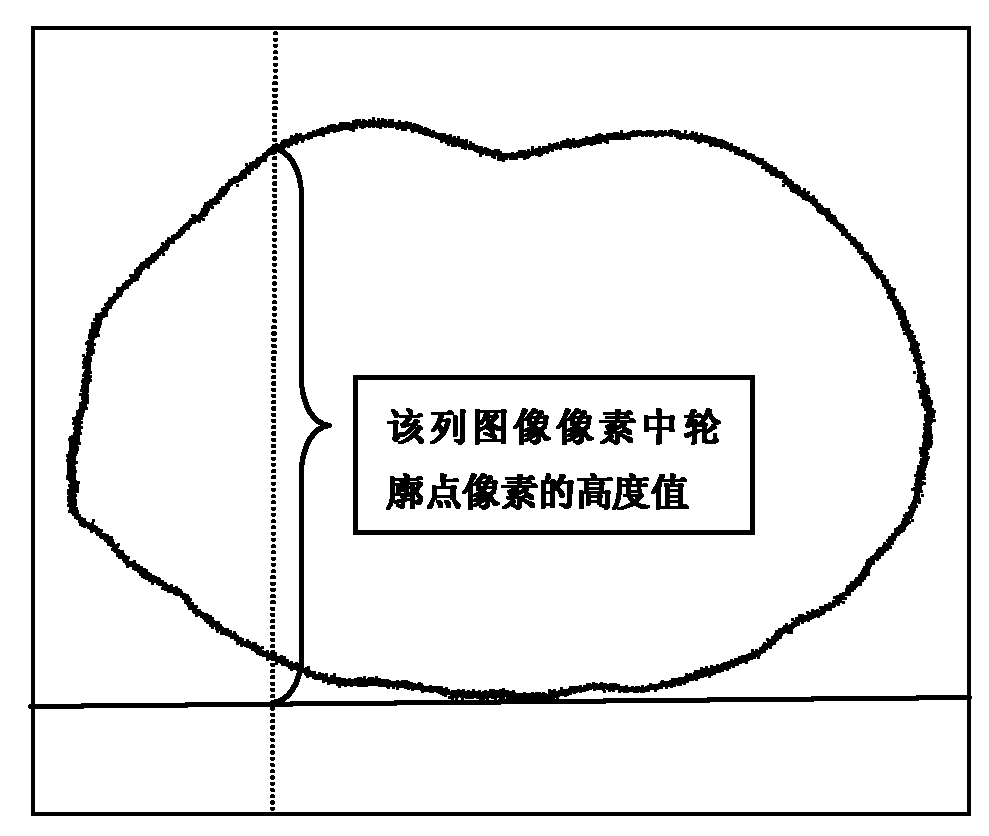Method for retrospectively classifying chest or abdomen computed tomography (CT) images based on respiratory phase
A CT image and respiratory phase technology, applied in the field of medical CT image processing, can solve the problems of inaccuracy, affecting the effect of radiotherapy, unable to reconstruct 4D-CT normally, and achieve the effect of improving accuracy
- Summary
- Abstract
- Description
- Claims
- Application Information
AI Technical Summary
Problems solved by technology
Method used
Image
Examples
Embodiment Construction
[0025] The implementation object of this example is a patient suffering from lung cancer. The CT scanner used is GE lightspeed 16-slice CT. The duration of each revolution of the CT machine is 0.5 seconds, and the size of each picture is 512×512. Such as figure 1 As shown, the retrospective classification process of the CT images of the patient suffering from lung cancer is as follows:
[0026] (1) Let the patient lie on the CT bed first, use the ventilator to measure the average breathing cycle of 5 seconds, and use this as the preset breathing cycle, and then draw up the scanning plan as follows: scan 3 beds, each bed has 8 layers , the thickness of each layer is 1.5mm, the CT scanner rotates 10 times for each preset breathing cycle, and the scanner rotates 16 times for each bed, and scans in cine mode.
[0027] (2) Start the CT scanner to perform cine-mode CT scanning on the chest of the human body, and assign bed numbers and layer numbers to each of the obtained CT pictur...
PUM
 Login to View More
Login to View More Abstract
Description
Claims
Application Information
 Login to View More
Login to View More - R&D
- Intellectual Property
- Life Sciences
- Materials
- Tech Scout
- Unparalleled Data Quality
- Higher Quality Content
- 60% Fewer Hallucinations
Browse by: Latest US Patents, China's latest patents, Technical Efficacy Thesaurus, Application Domain, Technology Topic, Popular Technical Reports.
© 2025 PatSnap. All rights reserved.Legal|Privacy policy|Modern Slavery Act Transparency Statement|Sitemap|About US| Contact US: help@patsnap.com



